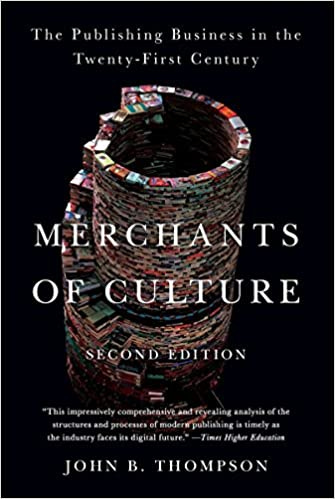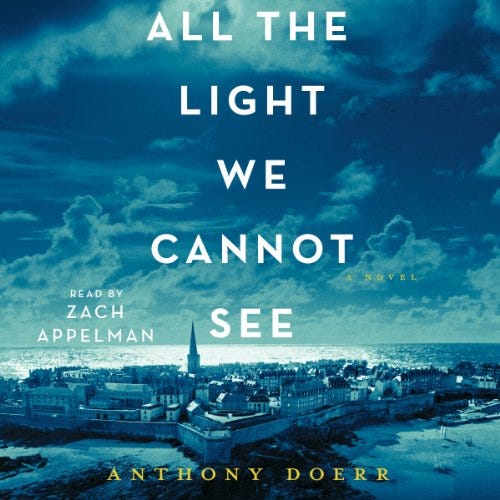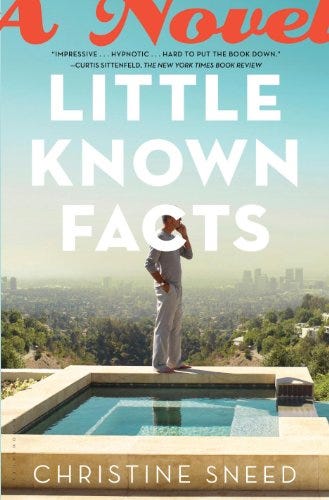If you’re like a lot of readers and buy your favorite authors’ books as soon as they’re published, you’ve probably purchased a hardcover edition. The list price for an adult-market hardcover is currently about $28-$30. Not a negligible sum, and most readers will only read the book once. (That’s devotion!)
Along with being the most reliable shot publishers have at earning a good return on their investment, hardcovers are considered prestige objects, signaling to booksellers and acquisitions librarians that a potentially significant investment was made in the book. (Some books do very well in first-edition paperbacks, however—Christina Baker Kline’s Orphan Train did so well in paper its publisher eventually decided to release it in hardcover too—something that almost never happens.)
In the past, all books were published as hardcovers. It wasn’t until the 1930s that paperbacks became widely available, with the 1940s featuring a surge in leisure-time reading and an increased demand for books. (If you’re interested in learning more, John B. Thompson’s Merchants of Culture: The Publishing Business in the Twenty-First Century is the best book I’ve read on the industry, Thompson having done years of research while writing it.)
My informal survey of a number of readers/frequent book buyers revealed that paperbacks are their preference because they cost less, take up less room on bookshelves, and are more portable—if when you travel you’re prone to taking along more than one or two books (rather than opting for ebooks or audio books), paperbacks will probably always be your preference.
For the foreseeable future, however, I suspect we’ll continue to see many books released as hardcovers. The bottom line is people will buy them, and the profit margins are considerably higher than paperback margins. Publishers will also postpone a paperback release if a book is selling particularly well in hardcover. Anthony Doerr’s 2014 novel All the Light We Cannot See took two years to appear in paper.
When my first novel was published in 2013, I learned that hardcovers don’t cost a whole lot more to print than a paperback if the press does a large enough print run, i.e. at least a few thousand copies. I’m not sure what the costs are now since paper and associated printing costs have gone up, but in 2013, I was told a hardcover cost about $6 to produce if the book is around 300 pages (I think the initial print run for Little Known Facts was around 5,000-6,000 copies).
A paperback was only a little less pricey to print. If it’s sold for $17 and the cost of printing is around $4 or $5 per copy, the bookseller, who is usually given a 40% discount off the list price, stands to earn about $5-$6 per copy after paying shipping costs.
With a hardcover priced at $28, also subject to the 40% discount (unless you’re buying in enormous quantities like Costco does, which I’ve read receives 50-55% off list price—Merchants of Culture does a deep dive into bulk purchases if you do want to learn more), the bookseller’s profit is closer to $8-$10 per book—hardcover sales are doubtless a major source of independent bookseller revenue—one way they can compete with Amazon, with its large market share (50%) of all books sold in the U.S. each year.
My first four books were published in hardcover editions and were followed in the next year or so by paperbacks. My fifth and sixth books were published as paperback originals, and my forthcoming story collection (Direct Sunlight), will also be a paperback original.
I have conflicting feelings about this—I’m relieved I don’t have to ask friends to pay the hefty price for a hardcover if they do buy the book, but it also means there won’t be what essentially amounts to two discrete releases, i.e. two shots at the book taking off and finding new readers, and I know from WorldCat.org, a library website that lists the holdings of thousands of libraries worldwide, that not nearly as many libraries acquired my last two books, Please Be Advised and Love in the Time of Time’s Up, as my four previous ones. As for Direct Sunlight, it’s still anyone’s guess.
Libraries are important book buyers, especially for literary/character-driven fiction. It’s probable more than a few books earn bestseller status in part because libraries all over the country order multiple copies. (I won’t go on a tangent here about book-banning, but it alarms me for a lot of reasons—some personal, some professional.)
Coda:
The other day I looked up my books on WorldCat and discovered that Portraits of a Few of the People I’ve Made Cry, my first book, published in hardcover in 11/2010 (paperback in 2/2013), is in 845 libraries. My most recent book, Please Be Advised: A Novel in Memos, published in paperback in 10/2022, is in 61. (My ego is keen on giving me regular beat-downs – am due for another in about 45 seconds.) If your library doesn’t carry it, please consider asking them to order a copy.








Make room for me on the buying a hard cover book bench. My all time favorite author, Tad Williams, I will buy hard covers practically when the ink is still drying. I have a 'thing' about having all his books as first editions.
This is all spot on. For my birthday Cheryl gave me “Who By Fire: War, Atonement, and the Resurrection of Leonard Cohen” by Matti Friedman. 186 pages hardcover plus endnotes and dimensions slightly smaller than the average hardcover book. Cover price? $32.95! Add in tax and we’re talking maybe $35 to $38 total depending where you buy it. That’s not just ridiculous for the consumer: it hurts the author. Why buy a book at those prices? Publisher Penguin (and so many others) are driving people away from a potential purchase. That affects the publisher and bookseller when people won’t spend such ridiculous amounts, which drives down sales and ultimately hurts author in terms of royalties and more book deals when it’s proven by balance sheets that this writer is a bad risk because they can’t sell books. A real lose/lose/lose/lose situation for publisher, bookseller, author, and reader. Cheryl found a less expensive and reasonably-priced alternative, but even so. Books are overpriced and everyone involved with the purchase loses.